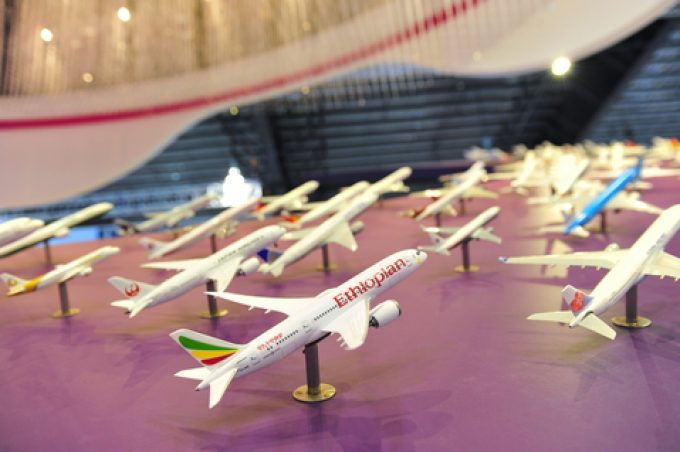Airlines rethink strategy as ecommerce to US begins decline
Shippers and forwarders are waiting to see how airlines manage their capacity before locking into ...

Inevitably, the air cargo market saw changes in market share among service providers over the five-year period between 2018 and 2023; 2018 was the last full year of the pre-Covid era, with positive traffic growth – 2019 was contractionary in terms of traffic levels – and yields were sufficiently robust to support most carriers.
Shifts in terms of air cargo traffic, as measured in cargo tonne-km flown (CTK), by region of airline domicile are illustrative. While changes in terms of region-based ...
Asia-USEC shippers to lose 42% capacity in a surge of blanked sailings
Why ROI is driving a shift to smart reefer containers
USTR fees will lead to 'complete destabilisation' of container shipping alliances
New USTR port fees threaten shipping and global supply chains, says Cosco
Transpac container service closures mount
Outlook for container shipping 'more uncertain now than at the onset of Covid'
DHL Express suspends non-de minimis B2C parcels to US consumers

Comment on this article